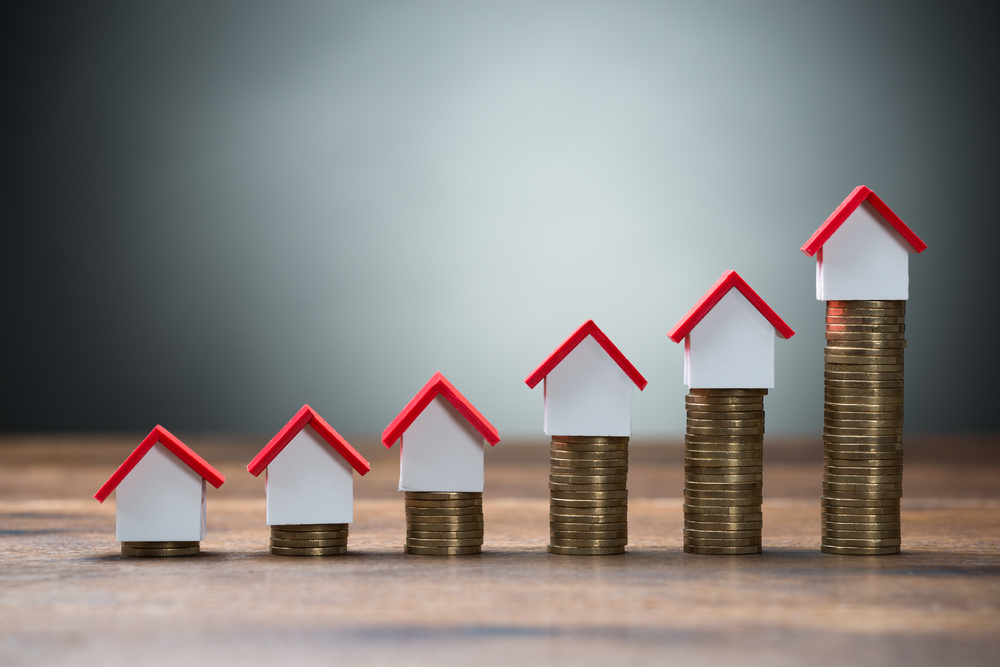News
House price growth remains in double digits despite slowdown

Average property prices are now 13% higher than at the start of the pandemic
Annual house price growth slowed in September to 10% from 11% in August, said Nationwide, as property prices inched up 0.1% over the month.
The average house price is now £248,742.
Robert Gardner, Nationwide’s chief economist, said: “Annual house price growth remained in double digits for the fifth month in a row in September, though there was a modest slowdown to 10.0%, from 11.0% in August.
“As a result, house prices remain 13% higher than before the pandemic began in early 2020.”
Mark Robinson, managing director of Albion Forest Mortgages, added: “Demand was exceptionally strong in September, with even less property available than in previous months, but few can deny that there are headwinds ahead. Rising unemployment after furlough and affordability issues will reduce people’s ability to get mortgages, and therefore the demand for property.
“That said, prices are more likely to stabilise than to drop given the lack of supply and first-time buyers still proving very active. Lower price growth will definitely help those people seeking to get that first step onto the ladder, as it will ease affordability pressures. Overall, the property market will continue to prove fairly resilient during the rest of the year, mainly due to the lack of homes for sale.”
Regional split
The lender said that Wales was the strongest performing region with house prices up 15.3% year-on-year – the highest rate of growth since 2004.
Price growth remained elevated in Northern Ireland at 14.3%. House price growth in Scotland picked up to 11.6% in quarter three, in contrast to the previous quarter when it was the weakest performing part of the UK (at 7.1%).
England saw a slowing in annual house price growth to 8.5%, from 9.9% in Q2. Price growth in northern England (North, North West, Yorkshire & Humberside, East Midlands and West Midlands) continued to exceed that in southern England (London, Outer Metropolitan, Outer South East, East Anglia and South West).
Gardner said: “Yorkshire & Humberside was the strongest performing English region for the second quarter in a row, with prices up 12.3% year-on-year, followed by the North West, which saw an 11.4% rise.
“London was the weakest performer, with annual growth slowing to 4.2% from 7.3% last quarter.”